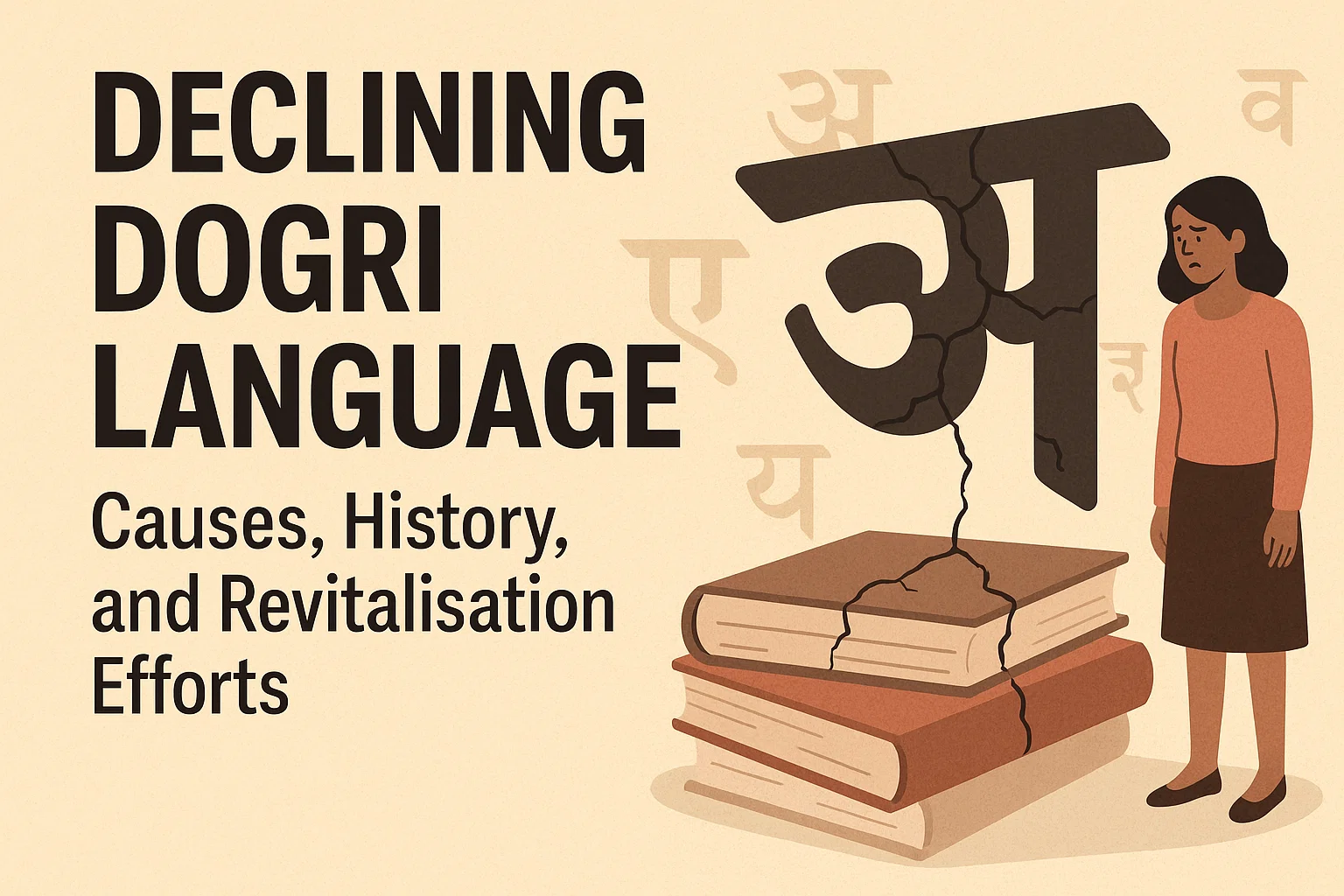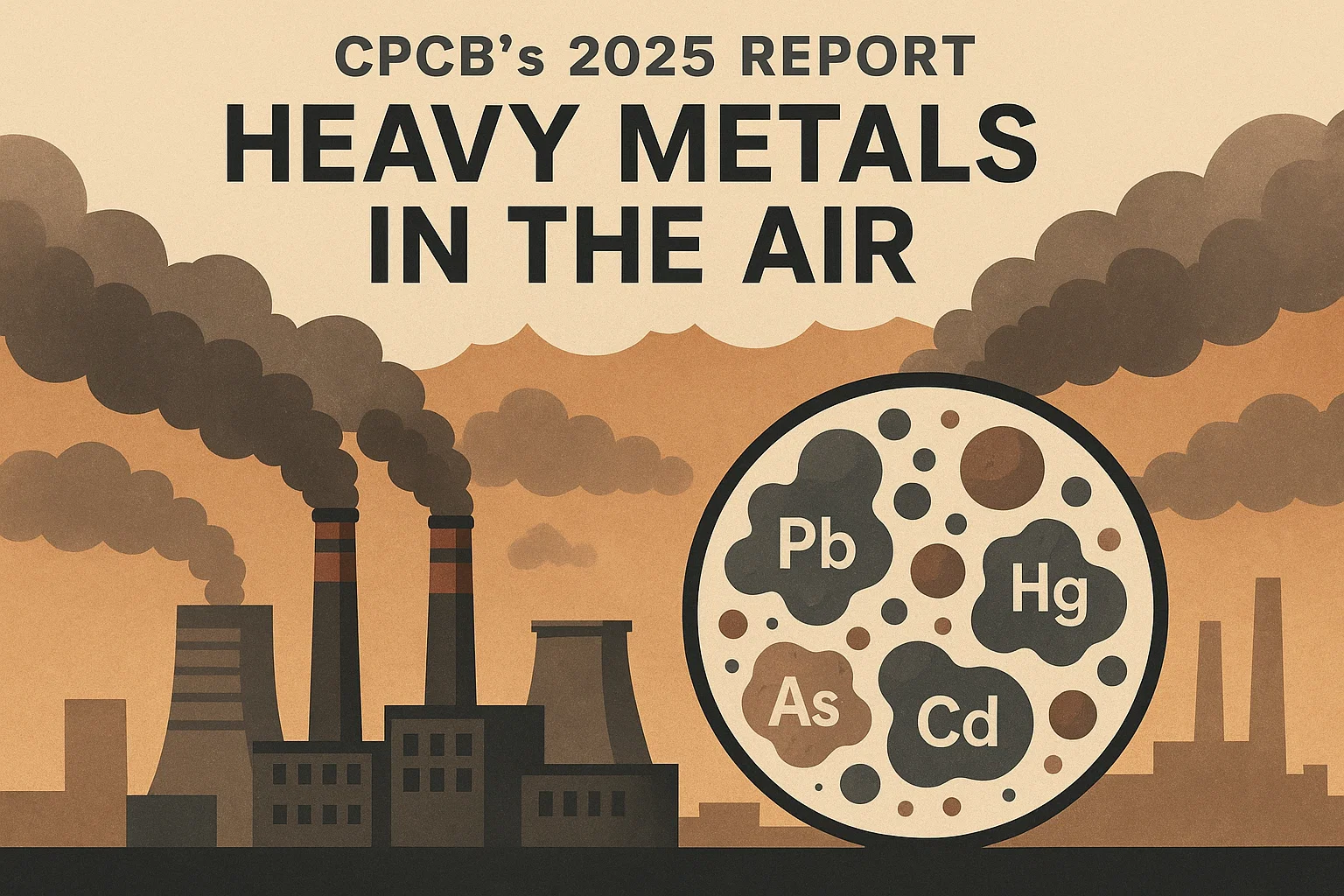NREGA Wages
Low Wages Undermine the Promise of NREGA
Context: The Parliamentary Standing Committee on Rural Development and Panchayati Raj, in its recent report tabled, has expressed serious concern over the inadequacy of wages under the Mahatma Gandhi National Rural Employment Guarantee Act (NREGA).
About the Concerns
- It noted that the wages have failed to keep pace with inflation and remain below subsistence levels, thus undermining the core objective of the scheme—to provide economic security to the most vulnerable sections of rural India.
- The Committee observed that stagnant and insufficient wages are driving workers away from the programme.
- In the last week of March, the Ministry of Rural Development (MoRD) notified the state-wise daily wage rates for Financial Year 2025-26.
- These range from Rs 241 in Nagaland to Rs 400 in Haryana, with the national average standing at Rs 294—a modest 5% increase over the previous year.
- Despite this revision, wages under NREGA continue to fall short of both the minimum wage thresholds and inflation-adjusted living costs in most states.
NREGA
The Mahatma Gandhi National Rural Employment Guarantee Act (MGNREGA), previously known as the National Rural Employment Guarantee Act (NREGA), is a landmark Indian legislation enacted in 2005. It aims to provide a legal guarantee of at least 100 days of wage employment in a financial year to rural households whose adult members volunteer for unskilled manual work. The scheme is primarily implemented by gram panchayats (village councils). Employment must be provided within a 5 km radius of the applicant’s residence.
The central government covers the cost of wages, while state governments pay for unemployment allowances if work is not provided within 15 days. Central and state governments share the costs in a 90:10 ratio for other expenses. It also ensures at least one-third of the jobs go to women.
How NREGA Wages Are Determined?
- Under Section 6 of the NREGA Act, there are two provisions for determining wages.
- Section 6(1) empowers the Centre to notify wage rates, independent of the Minimum Wages Act (MWA), provided these are not below Rs 60.
- Section 6(2) allows states’ agricultural minimum wages to be used until the Centre notifies its own rate.
- From 2005 to 2009, the scheme followed the second provision, aligning NREGA wages with state-level agricultural minimum wages.
- However, as states raised their minimum wages, the financial burden on the Centre grew.
- In response, the Centre capped NREGA wages at Rs 100 in 2009.
- This led to instances where NREGA wages fell below the minimum wage, violating the MWA.
- Following legal challenges, including a 2011 Karnataka High Court ruling upheld by the Supreme Court, the government was instructed to ensure that NREGA wages comply with minimum wage laws.
- Despite this, the Centre delinked NREGA wages from minimum wages in December 2010, choosing instead to index wages to the Consumer Price Index for Agricultural Labourers (CPI-AL), using 2009 as the base year. This remains the practice today.
Committee Recommendations Repeatedly Overlooked
- Several expert panels have since examined the issue of NREGA wage determination:
- The Mahendra Dev Committee (2014) recommended that NREGA wages be aligned with state minimum wages and indexed to the broader CPI-Rural (CPI-R) with a 2014 base year. The Ministry of Finance rejected this citing fiscal constraints.
- The Nagesh Singh Committee (2017), composed solely of government officials, recommended indexing to CPI-R but did not support aligning wages with state minimum wages.
- While the MoRD initially accepted this recommendation, it later reverted to using CPI-AL without any public explanation.
- The Anoop Satpathy Committee (2019) proposed a national floor wage of Rs 375 (based on 2018 prices) to serve as a baseline across sectors, including NREGA.
- In FY 2025-26, only Goa and Haryana meet or exceed this figure.
- Adjusted for current inflation, the benchmark would be even higher today.
Persisting Gaps and Inequities
The Committee flagged two primary concerns:
- First: The increasing divergence between NREGA wages and state minimum wages—reaching up to Rs 241 in Sikkim for FY 2025-26—undermines the programme’s effectiveness.
- In comparison, the largest such gap in FY 2020-21 was Rs 119 in Kerala.
- Second: The Committee criticised the wide disparities in NREGA wages across states, which it described as “beyond comprehension” and a potential violation of Article 39 of the Constitution, which advocates for equal pay for equal work.
- In FY 2025-26, the difference between the highest and lowest state wage rates stands at Rs 159.
- The MoRD’s defence has been that NREGA is intended as a fallback employment option.
- It has also pointed out that states are free to supplement the Centre’s wages from their own funds—a provision exercised only by Himachal Pradesh, Jharkhand, and Odisha so far.
Inadequate Indexation and Outdated Base Year
- Another persistent issue is the use of CPI-AL for wage indexation, which covers only agricultural labourers and not the broader category of rural workers.
- CPI-R is considered a more accurate measure of rural cost of living, yet the Centre continues with CPI-AL using a 2009 base year—when wages were artificially capped at Rs 100.
- Despite acknowledging that current wage levels are not aligned with market realities, the Ministry has stated that it is a “conscious decision” not to revise the base year or indexing method.
Falling Short of Constitutional and Moral Benchmarks
- NREGA was launched to ensure livelihood security and dignified work for rural labourers at a time when casual rural wages were abysmally low.
- Several studies have credited NREGA for indirectly raising rural wages and serving as a vital social safety net, especially during crises like the COVID-19 pandemic.
- Yet, with wages failing to meet even basic living costs, the Parliamentary Committee has recommended raising the daily wage to at least Rs 400.
- The current structure, it warned, amounts to “forced labour,” echoing the Supreme Court’s judgment in Sanjit Roy vs State of Rajasthan (1983) that payment below minimum wage violates Article 23 of the Constitution.


